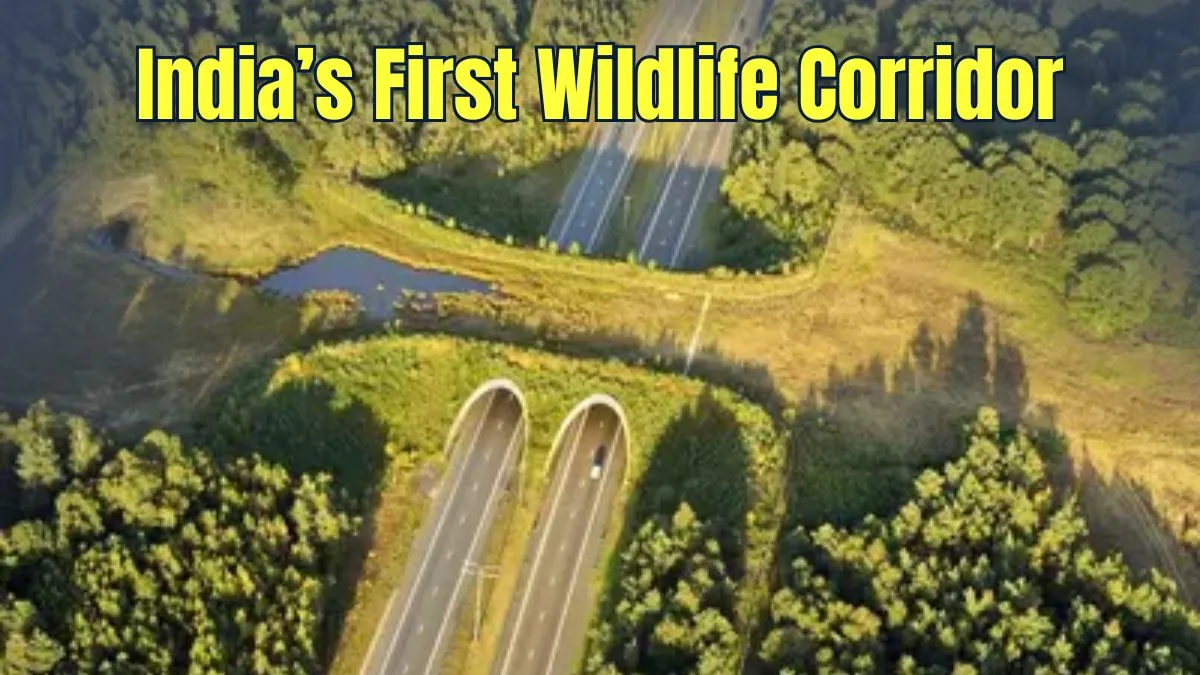The National Highways Authority of India (NHAI) has established the nation's first wildlife corridor on a national route, marking a significant step towards sustainable development. The state-of-the-art 12-kilometer section of the Delhi-Mumbai Expressway has India's longest underpass designed specifically for animal traffic and five wildlife overpasses. The Expressway passes through the Ranthambore Tiger Reserve's buffer zone
This section represents a major turning point in Indian infrastructure since it is the first expressway to be built with both human traffic and wildlife preservation as top priorities.
How was this Corridor Made?
Pradeep Attri, Regional Officer, NHAI, stated that this section of the Delhi-Mumbai Expressway was among the most difficult. "We had to make sure that the wildlife's habitat would not be disturbed during construction or the operations that followed. The finished product is an amazing fusion of ecological awareness and engineering perfection."
"Animal activity was closely monitored during construction," Attri said. To make sure animals didn't enter the work area, we placed workers every 200 meters. Consequently, during the project, there were no wildlife incidents. Several bear and tiger crossings through the passageways have actually been seen on post-construction camera footage," he continued.
Special Features of the Wildlife-Friendly Expressway:
The corridor, which runs through the environmentally rich area between the Ranthambore and Chambal Valley—home to tigers, bears, leopards, and other endangered species—was created in collaboration with the Wildlife Institute of India and the Ministry of Environment and Forests.
-
Wildlife Overpasses: Two overpasses, each 500 meters long has been built, without disturbing the natural shape of the land.
-
Animal Underpass: A 1.2-kilometre-long underpass is also made in order to help big animals cross safely.
-
Eco-Friendly Road Design: Around 5 kilometres of the expressway is either elevated or built below ground so as not to disturb the natural terrain.
-
Safety Measures: A 4-meter-high wall and 2-meter sound barriers are also installed to stop animals from entering the road and to reduce noise pollution.
-
Longest Wildlife Corridor in India: A 2.5-kilometre stretch is fully aligned with the natural habitat, making it the longest wildlife overpass in the country.
-
Green Initiatives:
-
Plantation of 35,000 trees along the road.
-
Drip irrigation system to save water (uses 50% less water).
-
Rainwater harvesting units every 500 meters.
-
Use of modular construction techniques to reduce waste.
This innovative project now serves as a national standard for environmentally conscious infrastructure, indicating a change in the way that major development projects in India can coexist with conservation objectives.

Comments
All Comments (0)
Join the conversation